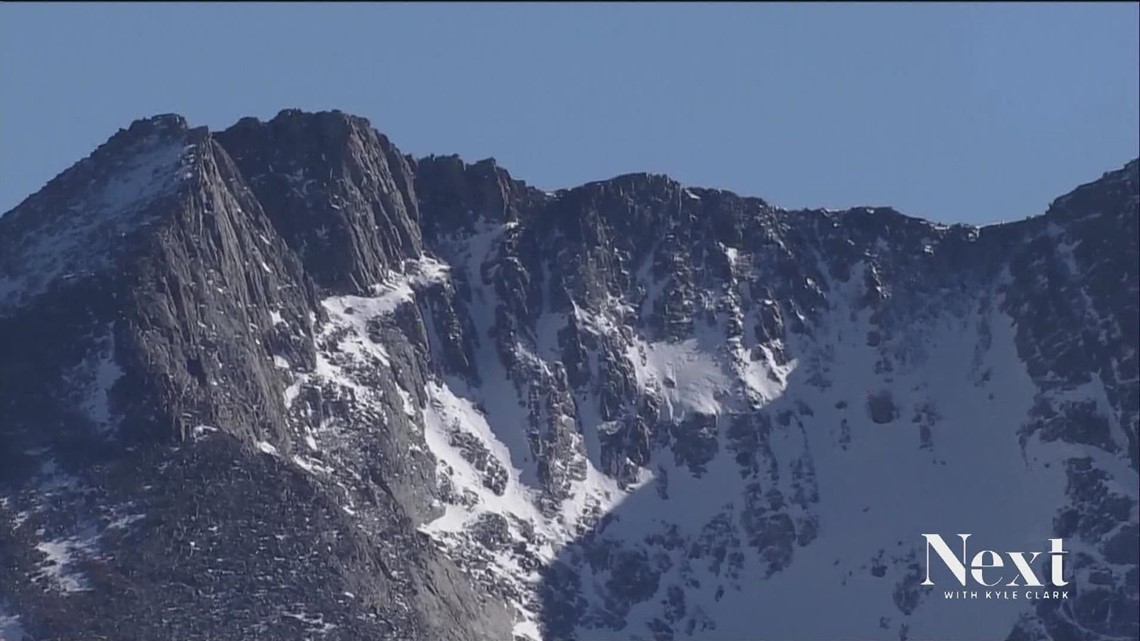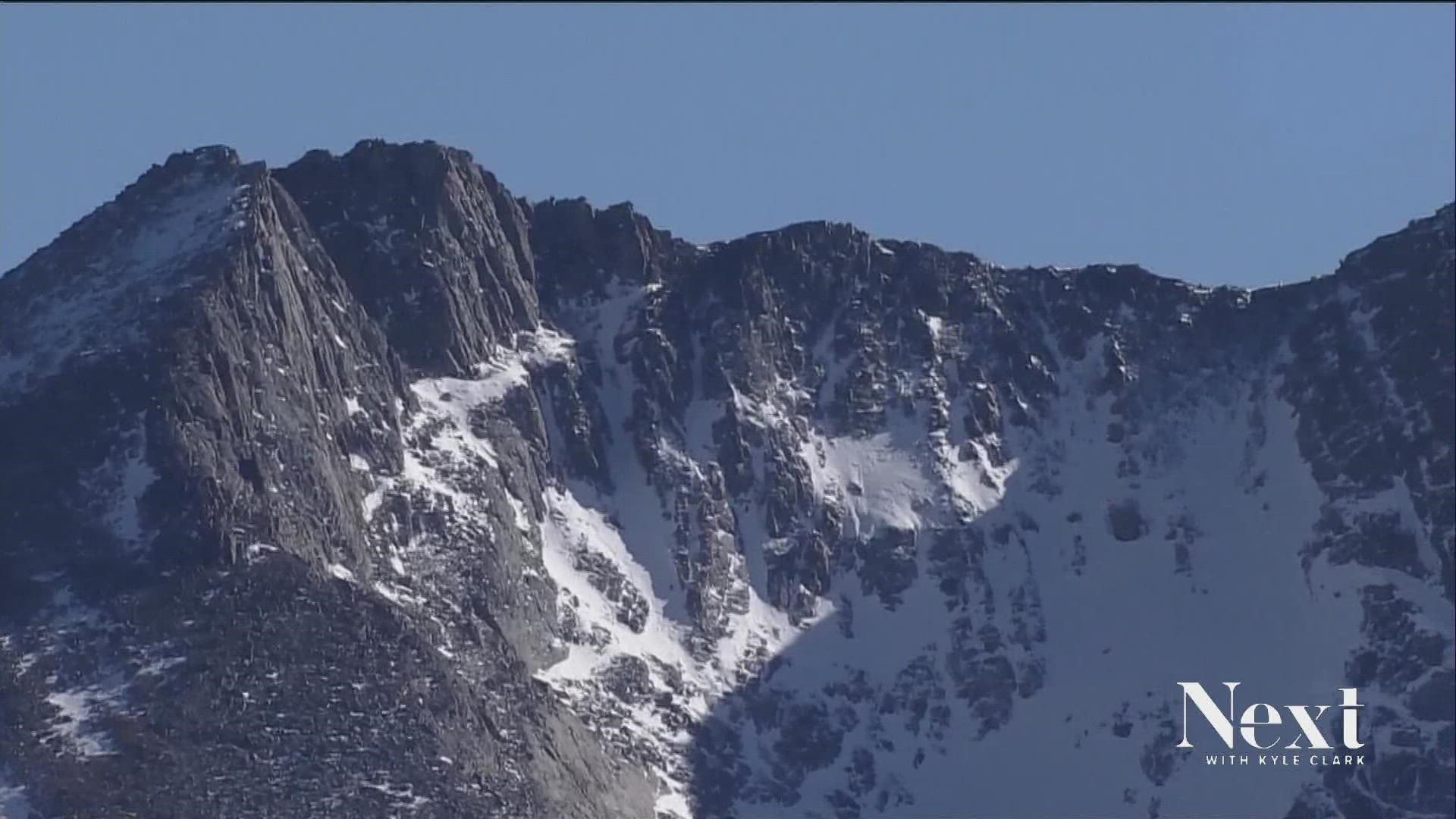CLEAR CREEK COUNTY, Colo. — Mount Evans has been called Mount Evans since 1895. Now, Indigenous tribes in Colorado are rallying to rename it.
Tuesday, a state board updating the names of landmarks will consider the change.
The 14,265-foot mountain is named after Gov. John Evans.
Evans was in office during the Sand Creek Massacre, a surprise attack where U.S. Army troops killed Native women and children. Native people across Colorado want Evans' name removed.
There are currently six alternatives on the table. Two of the names were suggested by the Cheyenne and Arapaho tribes, including one name especially popular among tribal representatives.
The name Mount Blue Sky would pay tribute to the Arapaho tribe, also known as the Blue Sky tribe.
This past weekend, members of several tribes finished a 10-day prayer walk from the Sand Creek massacre site to the summit of Mount Evans.
Paul Harney Soderman is the executive director of Ancestral Healing Circle, which sponsored the walk.


"We believe that these things help a little bit, tiny little bit, with historical trauma, unresolved historical grief, and lift these oppressive names from certain places," he said.
Soderman was inspired to start Ancestral Healing Circle because his own ancestor was a U.S. general who committed a massacre in Little Thunder's village and Blue Water, Nebraska in 1855.
Soderman said the general's name was on the highest peak in the Black Hills for 150 years: Harney Peak. In 2016, the U.S. Board on Geographic Names officially changed the name to Black Elk Peak in honor of Nicholas Black Elk and recognized the significance of the summit and the Black Hills to Native Americans.
The prayer walk, Soderman said, was to bring awareness to and keep the momentum of these name-changing movements.
Anne Hayden, a descendant of Gov. Evans, was among those who came to the walk, organizers said.
Connor Ryan, a professional skier and Lakota citizen, ran the final leg of the journey. He said it's time to give a sense of belonging back to Colorado's Indigenous people.
"I think one of the biggest things is it gives people that freedom to be back in that space. And do that separately of all that trauma from the past," Ryan said. "I think we should have the freedom to define what our experiences outside should be, and not have them be defined by these historical reminders of violence or genocide."
Ryan noted that Coloradans hike and climb 14ers as part of self-care and creating relationships with the natural landscapes. It's harder to do that, he said, when you have this history looming over you.
"I think these name changes are just a big barrier to native folks being able to enjoy the outdoors, just like everybody else," Ryan said.
The state board considering the name change is listening to tribal input before making any changes, but it also doesn't have the final say.
The name will have to be approved first by Democratic Gov. Jared Polis and then by the U.S. Board of Geographic Names.
"When I got to that Summit Lake, there were all these crows and ravens circling up above the lake there and circling up above this summit. And, you know, crows and ravens are what carry dead things away," Ryan said of the end of the prayer walk. "And so I just took that as a sign. And it gave me a lot of hope that maybe something's being carried away, something's leaving there."
SUGGESTED VIDEOS: Next with Kyle Clark

